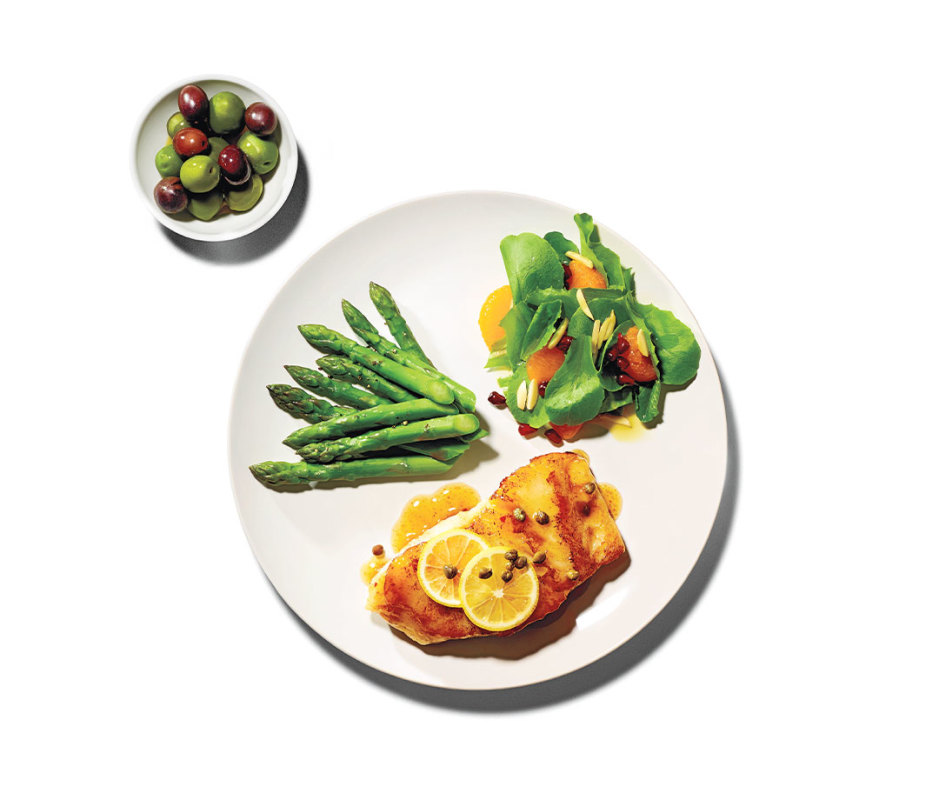[YAOUNDE] Nigeria is to begin the immediate rollout of 5,000 doses of mpox vaccines while the Democratic Republic of Congo (DRC) eyes its first shipment of 65,000 doses, as Africa steps up measures to control the multi-country outbreak.
The vaccine, administered in two doses, will go first to people at high-risk, including health workers and those living in areas with high infection rates, according to Nigeria’s National Primary Healthcare Development Agency.
Matshidiso Moeti, WHO regional director for Africa, said the delivery of 10,000 doses to Nigeria by USAID this week signified “a clear demonstration of international solidarity in the face of global public health emergencies”.
“The emergence of the new, more virulent variant (Clade Ib) and the increase in human-to-human transmission, with new routes such as sexual transmission, remains a cause for concern.”
Flaubert Mba, Centre for Research on Emerging and Re-Emerging Diseases
Nigeria became the first African country to receive the vaccine after confirming 40 cases of the disease, whose symptoms include fever, swollen lymph nodes and a rash leading to blisters.
The DRC, the country worst affected, is expecting to receive 65,000 doses of the vaccine on 1 September, announced Jean Kaseya, director-general of the African Centres for Disease Control and Prevention (Africa CDC), during an online press conference on Wednesday (28 August).
A health worker examines skin lesions that are characteristic of mpox on the back of a young child at the mpox treatment centre at the Nyiragongo General Referral Hospital, north of Goma in the DRC on 14 August 2024. Credit: Guerchom Ndebo / WHO
He said 50,000 doses would be sent by the US while 15,000 will be provided by Gavi, the Vaccine Alliance.
Kaseya said the JYNNEOS vaccine, made by Danish pharmaceutical company Bavarian Nordic, was one of the surest ways of stopping the mpox epidemic, alongside epidemiological surveillance and screening.
He stressed the vaccine was the same one used in the US and Europe to stem an outbreak of mpox – formerly known as monkeypox – in 2022.
“It has been given to millions of Americans and Europeans, which has made it possible to stop [that] epidemic,” he told the press conference.
Residents of Weta village in Maniema province, eastern DRC read information about how to avoid mpox, provided by health officials. Credit: Eugene Kabambi / WHO
In July, the emerging infectious diseases foundation CEPI announced trials in the DRC to see if vaccinating people already exposed to mpox stops them getting sick and spreading it.
Kaseya said Africa CDC would be sending 72 epidemiologists to affected areas in September to collect more data on case numbers, citing problems with the reliability of current data.
“These epidemiologists, in addition to the support they will be giving to the teams in the field, will also be focusing on the quality of the data, so that we can have data that will enable us to make good decisions,” he said.
“In the coming weeks, we will begin to provide what we believe to be quality data thanks to this support.”
Bushagara camp for displaced people in North Kivu, DRC. Identification of mpox cases in camps around Goma is concerning because the high population density can result in further spread. Credit: Guerchom Ndebo / WHO
Response plans
For the first time since its creation, Africa CDC declared on 13 August that the new mpox epidemic constituted a public health emergency of continental security (PHECS) in Africa. The next day, the WHO declared it a public health emergency of international concern (PHEIC).
Nicaise Ndembi, Kaseya’s scientific advisor and mpox response coordinator for the African Union and Africa CDC, told SciDev.Net: “This declaration marks an important moment in the history of public health in Africa and demonstrates the seriousness of the situation and the need for a unified, continent-wide response to this rapidly spreading disease.”
He stressed that it is now “urgent to take coordinated action at national, regional and international levels to stop the spread of mpox”.
Africa CDC is working to develop a “continental response plan”, which, according to Kaseya, should take into account the individual needs of each country. He said the plan will be presented to African heads of state for endorsement in the coming weeks.
The WHO has already launched a global strategic plan for mpox preparedness and response, which it says requires US$ 87.4 million over the next six months (September 2024-February 2025).
WHO director-general, Tedros Adhanom Ghebreyesus, speaking at the WHO Regional Committee for Africa in Brazzaville this week (26 August), stressed the need for more research and surveillance of the disease, as well as equitable access to vaccines.
WHO director-general Tedros Adhanom Ghebreyesus (centre) convenes the first meeting of the Emergency Committee to discuss the upsurge of mpox, on 14 August 2024. Credit: Lindsay Mackenzie / WHO
“I am certain that with the leadership of the affected countries and the support of the WHO, partners such as CDC Africa and others, we will be able to bring this epidemic under control quickly, as we have been able to do with other epidemics in recent years,” he said.
New variants
According to the latest WHO epidemiological data, 14 African countries have reported cases of mpox so far, with Gabon confirming its first case of the virus on 22 August.
The DRC remains the country hardest hit by the epidemic, with a total of 3,244 cases and 25 deaths recorded to date this year.
Burundi has recorded 231 cases, while a number of cases have also been confirmed in Central African Republic (45); Côte d’Ivoire (28); South Africa (24), and Congo (23).
There are two main types of the virus, Clade I and Clade II. Clade I, endemic to Central Africa, causes more severe illness and disease. The less severe Clade II strain caused the global outbreak in 2022 and is the type being seen in Nigeria.
People with #mpox may experience all or only a few symptoms. Mpox illness typically lasts 2-4 weeks. Source: CDC
However, a novel, sexually transmitted strain of the virus, identified as Clade Ib, has started spreading across the DRC and neighbouring countries, causing alarm.
Flaubert Mba, wildlife specialist and One Heath focal point at the Centre for Research on Emerging and Re-emerging Diseases, told SciDev.Net: “The emergence of the new, more virulent variant (Clade Ib) and the increase in human-to-human transmission, with new routes such as sexual transmission, remains a cause for concern.”
In addition to vaccination and the recommended hygiene measures, he believes that African countries need to focus on epidemiological surveillance, particularly in areas where wildlife and people interact.
“Mpox is a re-emergent zoonosis, meaning that it is transmitted from animals to humans and vice versa,” he explained.
“Particular emphasis needs to be placed on at-risk areas associated with risk mapping and areas where there have been outbreaks in the past.”
This piece was produced by SciDev.Net’s Sub-Saharan Africa French desk and edited for brevity and clarity.





























































